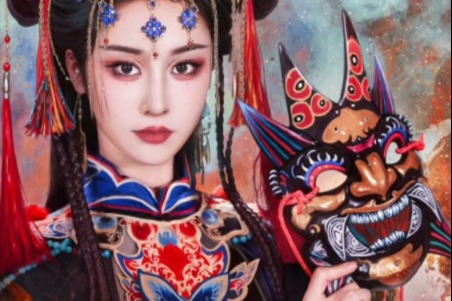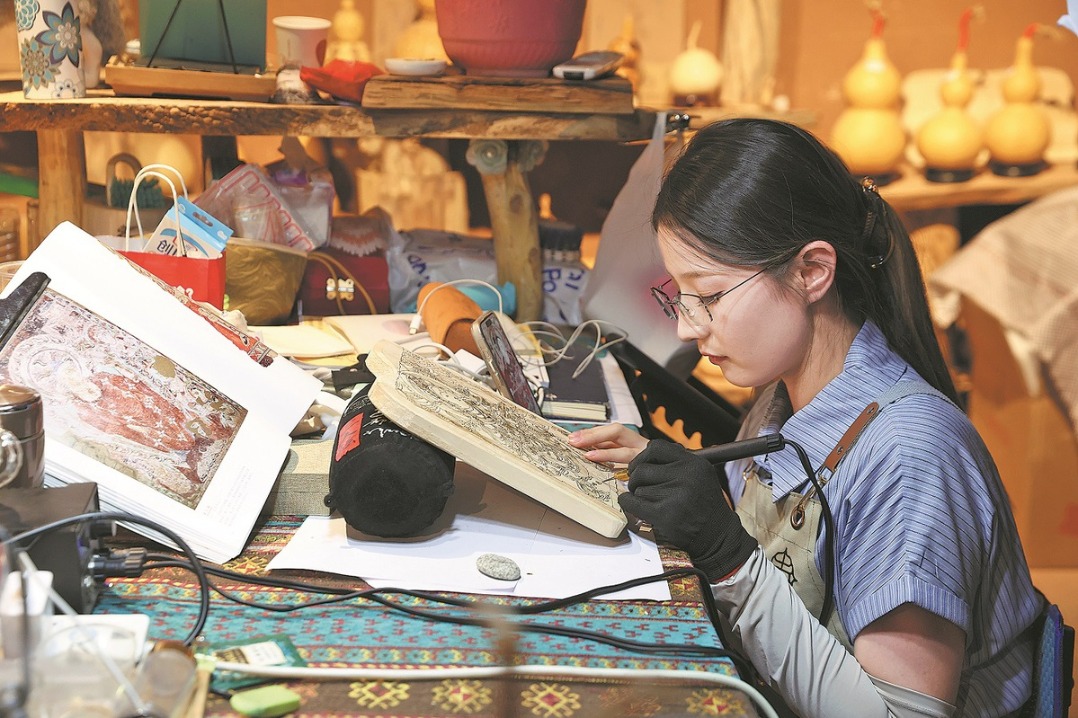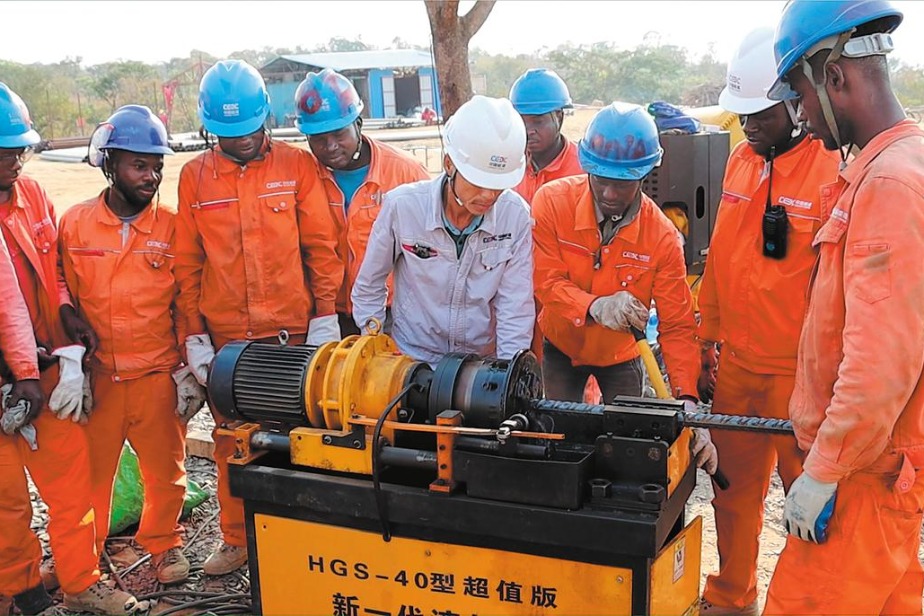New finding may rewrite human family tree

A study published in the journal Science on Friday revealed that a reanalysis of an ancient human skull fossil, unearthed in Hubei province and dating back more than 1 million years, may rewrite the human family tree.
The paper, titled "The phylogenetic position of the Yunxian cranium elucidates the origin of Homo longi and the Denisovans", was published by a team led by Chinese paleontologist Ni Xijun, a researcher with the Chinese Academy of Sciences' Institute of Vertebrate Paleontology and Paleoanthropology.
The reanalysis further pushes back the divergence time of modern humans — Homo sapiens — whose ancestors are estimated to have lived in Africa around 500,000 years ago, Neanderthals, who lived between 24,000 and 130,000 years ago in Europe, and Homo longi, a species closely related to Denisovans, who thrived from 30,000 to 285,000 years ago across Asia and are the cousins of Neanderthals.
Using advanced digital technologies, Ni's team restored and reconstructed a human skull fossil found in 1990 at the Xuetangliangzi site on a terrace of the Hanjiang River in Yunxian county (now Yunyang district) in Shiyan, Hubei province.
Three ancient human skull fossils were discovered at the site in 1989, 1990 and 2022, and these have been named the No 1, No 2, and No 3 skulls of the Yunxian Man. Ni's team focused on the No 2 skull, a fossil that was severely broken and distorted when it was unearthed.
According to Ni's team, the geological age of the human cranium, based on its reconstruction, falls between 940,000 and 1.1 million years.
They said that the reconstructed skull indicates a mix of primitive and advanced features: a low, flat forehead and a prominent snout, which are similar to those of older species such as Homo erectus, which dates back more than 500,000 years.
Its flat, low cheekbones, the wider back of the skull and larger brain capacity resemble fossils from the Middle Pleistocene era, the team said. Remarkably, this million-year-old skull has a brain capacity of over 1,100 milliliters, they added. The average brain volume of modern humans is around 1,349 to 1,500 milliliters.
Ni's team identified the skull as a new species named Homo longi, which many believe is closely related to Denisovans — a species named after the fossil discovered at the Denisova Cave in Siberia in 2008.
The team used the skull as a key reference point to create a new evolutionary tree of the Homo genus. Using Bayesian-tip dating and parsimony analysis, they estimated the divergence times of various human branches. Their study revealed that the branches leading to modern humans, Homo longi and Neanderthals diverged much earlier than current fossil records suggest.
This finding indicates that as early as 1 million years ago, human ancestors had already differentiated into multiple independently evolving groups. The timing and complexity of this differentiation far exceed what we previously imagined, said the team.
According to the study, under this new evolutionary tree, most Middle Pleistocene human fossils from Asia — including specimens from the Jinniushan site in Liaoning province, Xujiayao in Shanxi province, the Penghu site in Taiwan, and the Denisova Cave in Russia, and the skull found in Harbin, the capital of Heilongjiang province — can be classified into the Homo longi lineage. This lineage shares a most recent common ancestor with Homo sapiens.
According to the study, the reconstruction of the No 2 skull of the Yunxian Man helps clarify the uncertainties about human evolution from 1 million to 300,000 years ago.
This collaborative study involved the Institute of Vertebrate Paleontology and Paleoanthropology of the Chinese Academy of Sciences, Fudan University, Shanxi University, the Yunnan Provincial Institute of Cultural Relics and Archaeology, and the Natural History Museum in London.
- New finding may rewrite human family tree
- China beefs up climate response with new 2035 targets
- Discovering a land of hope, happiness
- Xinjiang marks seven decades of growth, unity
- Forum explores promotion of sustainable development through community education
- China pledges greater role in UN peacekeeping





































